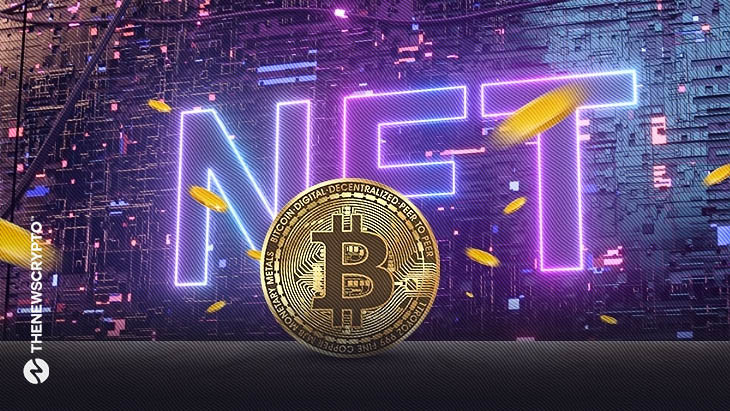NFT
- Bitcoin joins the NFT revolution with the BRC-721E protocol, merging Ethereum and Bitcoin ecosystems.
- The BRC-721E standard bridges the gap between Bitcoin and Ethereum NFTs, unlocking cross-chain potential.
- Bitcoin Ordinals are growing in popularity, allowing for data embedding and expanding NFT capabilities.
In a groundbreaking move for the world of non-fungible tokens (NFTs), Bitcoin Ordinals and the BRC-721E protocol have made their grand entrance. This innovation has been heralded as a critical step in bridging the gap between the Bitcoin and Ethereum ecosystems. However, the two of the largest blockchain networks have functioned independently in the NFT space to date.
The BRC-721E protocol was developed in a collaboration between the Bitcoin Miladys NFT collection and the Ordinals marketplace and aims to improve cross-chain NFT interactions. Moreover, this opens up new opportunities in the world of Web 3.0.
Building a bridge between the Bitcoin and Ethereum ecosystems
Historically, Ethereum’s ERC-721 tokens – often used for NFTs – and Bitcoin’s blockchain functioned as separate entities, limiting opportunities for cross-chain interactions and growth. The new BRC-721E standard acts as a crucial bridge between the two networks, allowing users to translate their Ethereum-based NFTs to Bitcoin’s blockchain in a format known as “Ordinals”.
This conversion involves a process called “burning,” where ERC-721 NFTs are permanently removed from circulation in the Ethereum network. Once the burn is complete, users can write the BRC-721E data on the Bitcoin blockchain to claim the converted NFT. In addition, this is an effective storage and interaction with their Ethereum NFTs on the Bitcoin network.
The advent of Bitcoin Ordinals
A notable innovation, Bitcoin Ordinals use Bitcoin’s scripting language to embed data and instructions directly into the blockchain. It provides the means to tie information to Bitcoin transactions beyond conventional financial data.
The introduction of Bitcoin Ordinals has had a powerful resonance within the crypto community, significantly increasing demand. A recent report revealed that the total number of Ordinal inscriptions on the blockchain has astonishingly crossed the 10 million mark.
Mapping the future of NFTs and Web 3.0
As we move forward in the Web 3.0 world, the advent of the BRC-721E standard and Bitcoin Ordinals is an essential step toward a more unified and synergistic digital asset ecosystem. It allows Ethereum and Bitcoin to broaden their horizons and opens the door for a broader spectrum of mainstream innovators.
This technological fusion also promotes enhanced security, cross-chain interoperability, and increased market reach. It brings out the potential for new layers of collaboration and growth in the rapidly evolving NFT landscape.
As blockchain technology advances and NFTs gain momentum, the BRC-721E protocol and Bitcoin Ordinals mark an important step forward in the maturation and unification of the crypto ecosystem.

